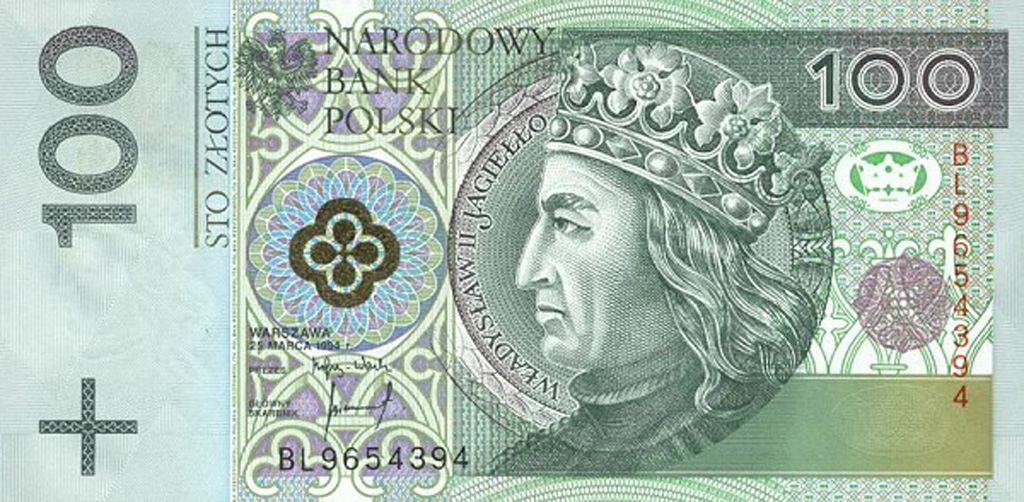 BUDAPEST: Central European currencies firmed on Monday as dollar buying stalled, while Romanian inflation hitting a new 5-year high helped Romanian government bonds lead a regional rise in yields.
BUDAPEST: Central European currencies firmed on Monday as dollar buying stalled, while Romanian inflation hitting a new 5-year high helped Romanian government bonds lead a regional rise in yields.
The region’s main currencies firmed roughly 0.1 percent apiece against the euro, with the zloty trading at 4.262 by 0842 GMT, the forint at 315.1, the crown at 25.473 and the leu at 4.63.
The dollar’s third straight session of losses against the euro provided support, as did expectations that first-quarter region-wide economic output figures will show robust growth.
On the downside, Poland’s central bank might reaffirm after its policy meeting on Wednesday that it will maintain record-low interest rates for years, analysts say.
That could keep the zloty in the 4.25-26 zone, Raiffeisen analyst Gintaras Shlizhyus said in a note, noting that the zloty could firm to 4.23 against the euro if the dollar weakens towards 1.21 versus the euro.
The Polish and the Hungarian central banks have indicated repeatedly that they may keep interest rates on hold for years.
Their Czech peer has been raising interest rates since August, and Romania since January, to defend their inflation targets. Prices have been surging in Romania and the Czech inflation goal at 2 percent is the lowest in the region.
According to April figures released on Monday, Romania’s annual inflation hit a new 5-year high of 5.2 percent in April.
Romanian bonds led a rebound in yields in Central Europe after last week’s retreat from multi-week highs in some of the region’s government bond yields.
The yield on Romania’s 2-year bonds was bid at 3.08 percent, up 8 basis points (bps), at the highest levels for four years, while Poland’s long-term yields rose 3-4 bps and Hungarian yields by 1-2 bps.
Romanian inflation may decline slightly in March and could stay close to 5 percent over the summer, although in the final quarter it may sink to 3.7 percent, Erste Group analyst Eugen Sinca said.
A surge in wages across Central Europe towards much higher Western levels has been a major contributer to a rise in consumer prices in Romania, while that also boosts imports, leading to some deterioration in trade accounts.
Polish trade balance figures released on Monday also showed that imports outgrew exports in the first quarter. Poland is due to release March current account figures at 1200 GMT.
Source: Brecorder



























